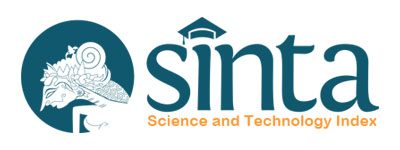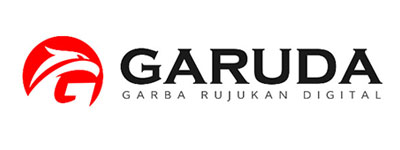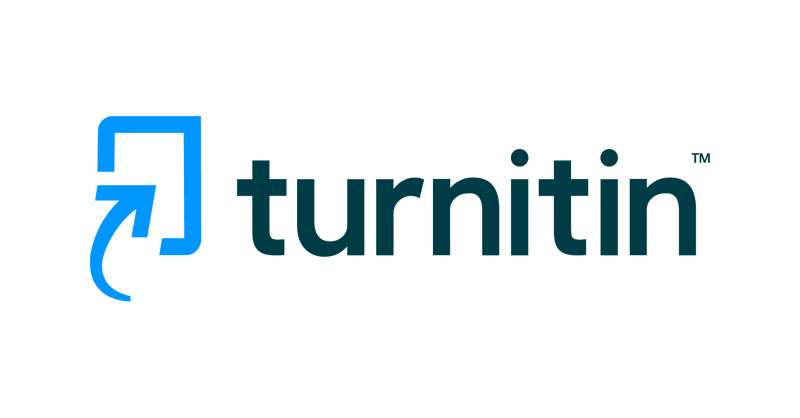Animal Food Demand in Indonesian Rural: A Quadratic Almost Ideal Demand System Approach
Keywords:
demand system, animal food demand, rural, QUAIDSAbstract
It is estimated that the protein consumption in Indonesia will increase up to 90 % in 2030. The objective of this study was to analyze the effect of price, income, and socio-demographic variables on demand for animal food in rural households in Indonesia. The demand estimation is using a Quadratic Almost Ideal Demand System. The research used Susenas 2016 data from 131,975 households. The results of the study confirmed that animal food is elastic, except the eggs. Beef is more sensitive to the household income changing. The increasing of household income increase beef and milk consumption. When the price of beef increases, the household consume the other protein resource (chicken, fish, and eggs) as substitutions. The increase of 1% beef price increase chicken, fish and milk consumption by 0.17%, 0.13%, 0.05% respectively. The increase of income followed by milk price decreasing increase chicken and fish consumption by 0.14% and 0.04%. The increase of one person household member decrease consumption of egg, meat, and milk for 0.33%, 0.01%, and 0.05 %.Downloads
Issue
Section
Articles
License
Authors who publish with this journal agree to the following terms:- Authors retain copyright and grant the journal right of first publication with the work simultaneously licensed under a Creative Commons Attribution License that allows others to share the work with an acknowledgement of the work's authorship and initial publication in this journal.
- Authors are able to enter into separate, additional contractual arrangements for the non-exclusive distribution of the journal's published version of the work (e.g., post it to an institutional repository or publish it in a book), with an acknowledgement of its initial publication in this journal.
- Authors are permitted and encouraged to post their work online (e.g., in institutional repositories or on their website) prior to and during the submission process, as it can lead to productive exchanges, as well as earlier and greater citation of published work (See The Effect of Open Access).

















